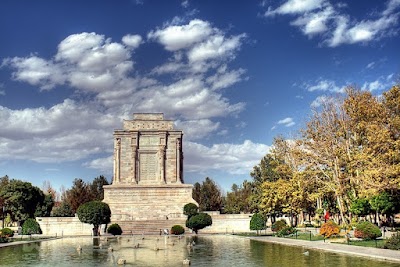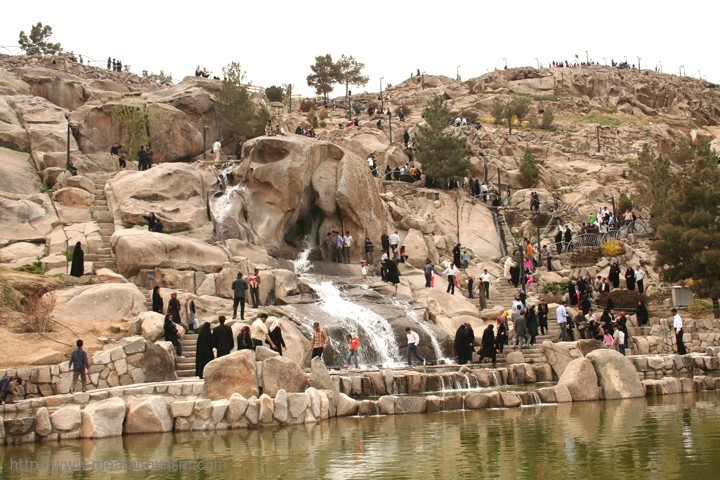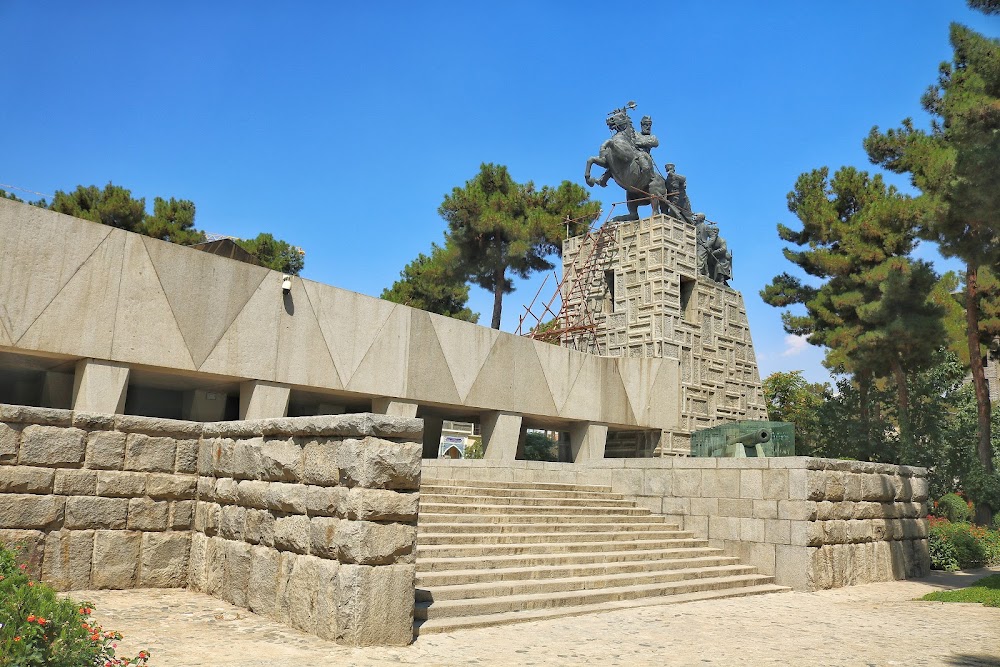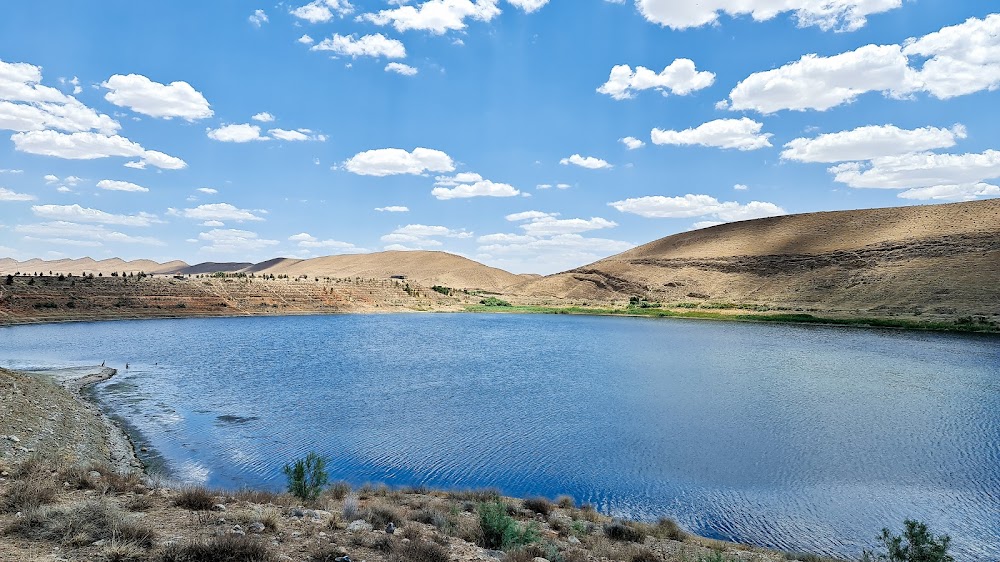Tomb of Ferdowsi (آرامگاه فردوسی)
Overview
The **Tomb of Ferdowsi** is an iconic mausoleum situated in the city of Tus, within Iran's Razavi Khorasan province. This revered site is dedicated to the celebrated Persian poet Ferdowsi, serving as a remarkable testament to Iran's rich cultural heritage and literary achievements.
The history surrounding the **Tomb of Ferdowsi** is as captivating as the verses penned by its namesake. Born in 940 AD, Ferdowsi is best known for his monumental work, the **Shahnameh**, or "The Book of Kings." This epic poem chronicles the history of Persia from its ancient origins to the Islamic conquest, playing a crucial role in preserving the Persian language and cultural identity during turbulent times.
Originally, Ferdowsi's tomb was modest and suffered from neglect for centuries, mirroring the fate of many literary figures whose legacies often outlive their recognition. It wasn't until the early 20th century, around 1934, that a grander mausoleum was commissioned under Reza Shah Pahlavi, the then Shah of Iran. The design of the tomb drew inspiration from Achaemenid architecture, aiming to reflect the grandeur befitting a figure of Ferdowsi's monumental influence.
The main structure of the tomb is an impressive marble edifice standing 18 meters high, encompassing a crypt where Ferdowsi's remains rest. The exterior features intricate bas-reliefs that depict scenes from the **Shahnameh**, narrating the stories of Persian kings, heroes, and mythical creatures. These stunning visual elements serve as an artistic bridge, connecting ancient tales with contemporary visitors.
Beyond its architectural splendor, the **Tomb of Ferdowsi** is a cultural pilgrimage site for Iranians and literature enthusiasts from around the globe. Visiting the tomb presents a unique opportunity to immerse oneself in the rich ambiance of Persian history. The meticulously maintained tranquil gardens surrounding the tomb provide a serene contrast to the often arid climate of eastern Iran, making them ideal for reflective strolls that allow visitors to absorb the poetic spirit of the location.
Adjacent to the tomb, a museum enriches the experience by showcasing various artifacts related to Ferdowsi and his magnum opus. Visitors can explore manuscripts of the **Shahnameh**, historical items, and artistic renditions of its characters and stories. This museum is invaluable for anyone looking to deepen their appreciation and understanding of Persian literature and history.
For tourists, the **Tomb of Ferdowsi** is conveniently accessible from the city of Mashhad, a major urban center. Mashhad's international airport and developed transport network make reaching Tus relatively straightforward. Additionally, various guided tours are available, offering in-depth historical narratives that enhance the overall visit.
One intriguing aspect of the tomb's cultural significance is its role in modern Iranian nationalism and identity. Ferdowsi is celebrated for his unwavering dedication to preserving the Persian language and culture during a time of Arabic influence following the Islamic conquest. His work is often regarded as a cornerstone of Persian nationalism, resonating through educational curricula and the public consciousness of Iran to this day.
For literature lovers, history buffs, or architecture enthusiasts, the **Tomb of Ferdowsi** offers a profoundly enriching experience. It allows for a deeper connection to one of Persia's most illustrious literary figures while providing insight into the lasting impact of his work on Iranian culture and identity. Whether you are a casual tourist, a scholar, or a literary enthusiast, the tomb stands as a beacon of the enduring power of storytelling and cultural preservation.
In conclusion, the **Tomb of Ferdowsi** is much more than a mere burial site; it symbolizes Persian resilience, creativity, and appreciation for the arts. Every detail—from the architectural grandeur to the evocative bas-reliefs and lush gardens—honors a poet who dedicated his life to capturing the essence of his homeland through words. A visit to this remarkable site is a journey through time, offering a profound connection to Iran's historical and cultural tapestry.






